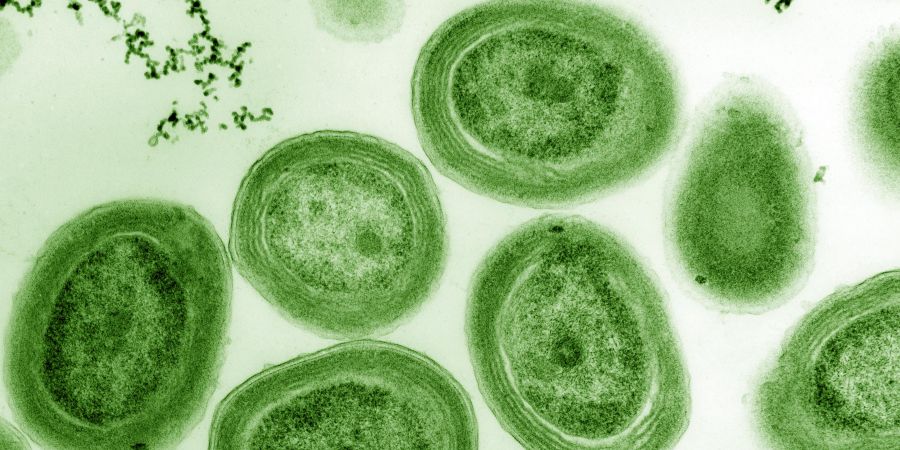

The smallest and most numerous cyanobacterium in the oceans is Prochlorococcus. It possesses a sizable pangenome and genomic islands with hypervariability that are connected to niche differentiation and phage defence. Prochlorococcus is the smallest and most prevalent cyanobacterium in the oceans.
These tiny bacteria can interact with one another even when they are separated by great distances, according to recent research from MIT. As a result, even in locations where their population in the water is fairly low, they can transmit complete gene sets, such as those enabling them to digest a particular type of nourishment or protect themselves against viruses.The results indicate that a new class of genetic agents involved in horizontal gene transfer, where genetic material is directly passed across animals, whether they are of the same species or not, has been identified by means other than lineal descent. The agents that carry out this transfer are tycheposons. Then, they can be transferred to other living things using a variety of carrier systems, such the vesicles that cells can form from their membranes.Numerous Prochlorococcus genomes from various ecosystems throughout the world were examined for the study, along with lab-grown samples of various variations and even the observation of evolutionary processes.Researchers looked at genetic "islands" that appeared to be hotspots of variation and frequently contained genes linked to well-known crucial survival mechanisms, such as the capacity to digest vital and frequently limited nutrients like iron, nitrogen, or phosphates.Strong evidence for horizontal transfer may be found in these islands, which contained genes that varied significantly between species but frequently occurred in the same sections of the genome and occasionally were almost similar even in very different species.This was originally perplexing because the genomes lacked the traditional traits associated with so-called mobile genetic components. It gradually became apparent that this system of gene transmission and diversification was unique from the numerous other systems seen in other species, including humans.Hackl likens what they uncovered to a genetic LEGO set when DNA pieces were packaged together in ways that might almost instantaneously bestow the potential to adapt to a particular environment. For example, a species that is restricted by the availability of a given nutrient may develop the genes necessary to increase the nutrient intake.
The microorganisms "appears to use a number of ways to convey these tycheposons," according to Hackl (a name derived from the Greek goddess Tyche, daughter of Oceanus). One is the utilisation of membrane vesicles, which are tiny bubbles that are released from the surface of bacterial cells and contain tycheposons. Another method involves "hijacking" virus or phage infections and letting them transport tycheposons along with their contagious capsids. These are effective solutions since these cells rarely interact with one another in the open ocean, making it challenging for them to exchange genetic material without a transport.
